Engine Carbon Clean
Engine carbon cleaning can improve engine efficiency, reduce emissions, and enhance performance. It is especially beneficial for older vehicles with substantial carbon buildup, as well as for vehicles operating in areas with poor fuel quality. However, the effectiveness of the process can vary depending on the degree of carbon buildup and the specific cleaning equipment and methods used.
- Free Wordwide Shipping
- 30 Days Return
- Member Discount
Assessment:
The process begins with an assessment of the engine’s condition. This may involve a visual inspection, diagnostic tests, or a review of the vehicle’s history to determine if carbon buildup is likely.
Equipment:
Specialized equipment is used for engine carbon cleaning. One common method is using a carbon cleaning machine that generates hydrogen and oxygen gas through the process of electrolysis.
Hydrogen and Oxygen Gas Injection:
The carbon cleaning machine introduces a mixture of hydrogen and oxygen gas into the intake system of the engine. This gas is safe and non-explosive.
Cleaning Process:
The introduction of hydrogen and oxygen gas into the engine’s intake system creates a chemical reaction with the carbon deposits. This reaction breaks down and dislodges the carbon buildup from various engine components.
Carbon Removal:
As the carbon deposits are loosened, they are expelled from the engine through the exhaust system, typically in the form of gas or fine particles.
Catalytic Converter and DPF Protection:
To protect the catalytic converter and diesel particulate filter (DPF) from potential damage caused by dislodged carbon particles, the carbon cleaning machine may introduce a catalyst protection solution or a filter into the system.

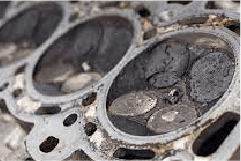
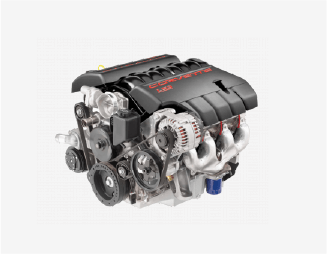


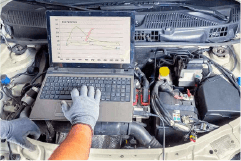
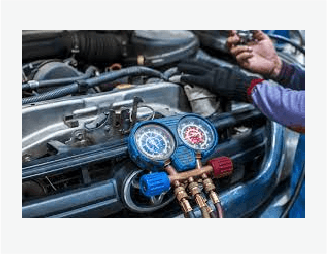
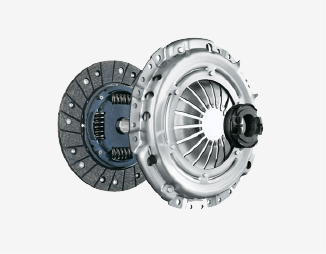
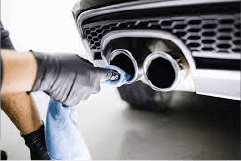
Reviews
There are no reviews yet.